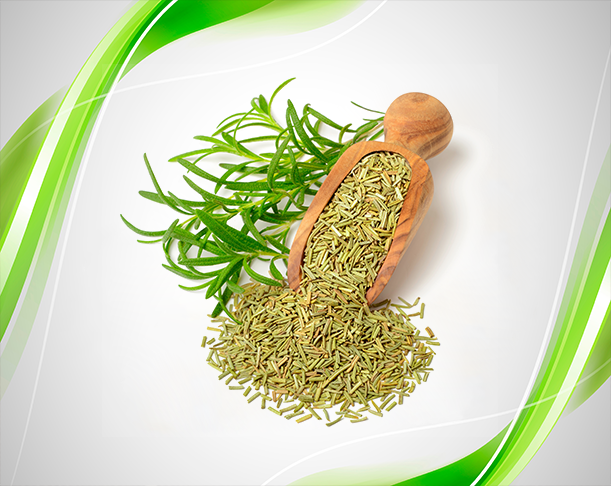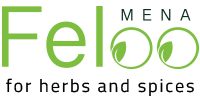Rosemary
Rosemary
|
Rosemary |
Product Name |
|
Folia Rosmarini |
Latin Name |
|
Egypt |
Origin |
|
Crushed leaves |
Product Forms |
|
Summer |
Season Crop |
|
Very Pale Olive Green To Pale Yellow Green |
Color |
|
Has A Slightly Minty, Sage-Like, Peppery, Balsamic Taste with A Bitter, Woody Aftertaste. Rosemary’s Flavor Does Not Diminish in Cooking So Can Be Added at The Beginning or Cooked in Stews. Rosemary Is A Woody Herb With A Slight Piney And Tea-Like Aroma. |
Flavor / Aroma |
|
Rosemary Is an Aromatic Evergreen Shrub That Has Leaves Similar to Hemlock Needles. The Leaves Are Used as A Flavoring in Foods Such as Stuffing and Roast Lamb, Pork, Chicken and Turkey. It Is Native to The Mediterranean and Asia, But Is Reasonably Hardy in Cool Climates. It Can Withstand Droughts, Surviving A Severe Lack of Water for Lengthy Periods. Forms Range from Upright to Trailing; The Upright Forms Can Reach 1.5 M (5 Ft) Tall, Rarely 2 M (6 Ft 7 In). The Leaves Are Evergreen, 2–4 Cm (0.8–1.6 In) Long and 2–5 Mm Broad, Green Above, And White Below, With Dense, Short, Woolly Hair. The Plant Flowers in Spring and Summer in Temperate Climates, But The Plants Can Be in Constant Bloom in Warm Climates; Flowers Are White, Pink, Purple or Deep Blue. Rosemary Also Has A Tendency To Flower Outside Its Normal Flowering Season; It Has Been Known To Flower As Late As Early December, And As Early As Mid-February. |
General Description |
|
Rosmarinus officinalis, commonly known as rosemary, is a woody, perennial herb with fragrant, evergreen, needle-like leaves and white, pink, purple, or blue flowers, native to the Mediterranean region. In foods, rosemary is used as a spice. The leaf and oil are used in foods, and the oil is used in beverages. In manufacturing, rosemary oil is used as a fragrant component in soaps and perfumes. Rosemary is used for digestion problems, including heartburn, intestinal gas (flatulence), liver and gallbladder complaints, and loss of appetite. It is also used for gout, cough, headache, high blood pressure, and reducing age-related memory loss. Some women use rosemary for increasing menstrual flow and causing abortions. Rosemary is used topically (applied to the skin) for preventing and treating baldness; and treating circulation problems, toothache, a skin condition called eczema, and joint or muscle pain such as myalgia, sciatica, and intercostal neuralgia. It is also used for wound healing, in bath therapy (balneotherapy), and as an insect repellent. |
Specifications |

